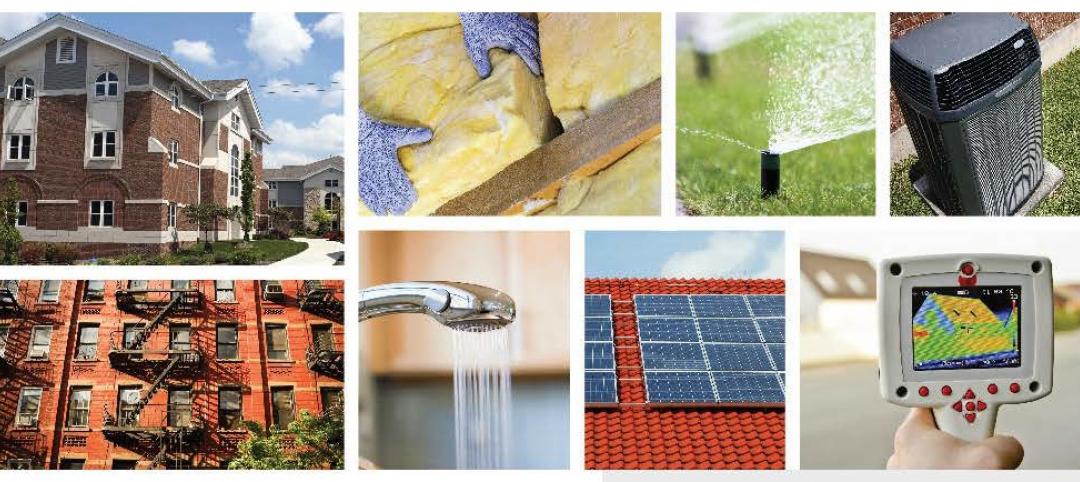The American Iron and Steel Institute (AISI) has published three new cold-formed steel framing research reports: 1) “RP15-3: Advancing Seismic Simulation of Cold-Formed Steel Framed Buildings,” 2) “RP17-1: Experimental Study on System Reliability of Cold-Formed Steel Roof Trusses,” and 3) “RP17-2: Monotonic and Cyclic Response of Single Shear Cold-Formed Steel-to-Steel and Sheathing-to-Steel Connections.”
“RP15-3: Advancing Seismic Simulation of Cold-Formed Steel Framed Buildings.” This report advances performance-based seismic design of cold-formed steel framed buildings by introducing computationally efficient and accurate modeling tools that predict the behavior of the building, the individual cold-formed steel components, and connections in a seismic event.
“RP17-1: Experimental Study on System Reliability of Cold-Formed Steel Roof Trusses.” This study of cold-formed steel roof trusses was part of a project funded by the National Science Foundation, “Advancing System Reliability With Application to Light-Framed Structures.” Test data are provided for examining cold-formed steel structural reliability in roof trusses as a system versus individual components.
“RP17-2: Monotonic and Cyclic Response of Single Shear Cold-Formed Steel-to-Steel and Sheathing-to-Steel Connections.” Researchers developed load-deformation response models to simulate the performance of screw fasteners in a seismic event. Since screw fasteners are the primary connectors in light steel framing, this research provides designers with more accurate performance-based data for conducting whole building seismic analysis.
Related Stories
| Oct 16, 2014
New York City’s climate plan includes tripling of solar energy
New York City’s plan to cut greenhouse gas emissions by 80% by 2050 includes tripling the amount of solar power generated from city-owned buildings.
| Oct 15, 2014
Drones may soon assist code inspectors for construction in the UAE
The United Arab Emirates’ Ministry of Labour announced that they will start using drones to help inspectors record when construction sites are breaking laws.
| Oct 9, 2014
California authorizes increased use of design-build on state projects
Under the updated law, the Department of General Services and the Department of Corrections and Rehabilitation may use design-build on projects in excess of $1 million.
| Oct 9, 2014
New York City releases guide for retrofitting buildings against floods
Part of the city’s response to widespread flooding as a result of Hurricane Sandy, the manual offers retrofitting strategies that will enable property owners to reduce the risk of damage and disruption from coastal flooding.
| Oct 9, 2014
Seattle puts restrictions on micro apartments
The Seattle City Council passed new rules that new studio apartments in the city must measure at least 220 sf and contain at least two sinks.
| Oct 9, 2014
Cities get creative with stormwater management
Cities around the world are crafting stormwater management policies that include natural and manmade methods to store and absorb runoff to reduce flooding.
| Oct 2, 2014
Fannie Mae study says affordable rental units more energy efficient than market-rate units
Fannie Mae’s new report on energy usage in the multifamily sector found that affordable properties use 28% less energy per unit and are 29% smaller than market-rate properties.
| Oct 2, 2014
California Energy Commission launches code upgrade process
The California Energy Commission launched the upgrade process to Title 24, the state energy code, last month.
| Oct 2, 2014
Canals to mitigate flooding could be in Boston’s future
The Urban Land Institute held brainstorming sessions over the last several months involving more than 70 engineers, architects, and development and insurance specialists to examine how rising sea levels would affect four representative areas in and around Boston.
| Oct 2, 2014
Los Angeles reverses ban on high-rise slanted roofs and spires
Los Angeles reversed course last month on a regulation that had barred skyscrapers from having slanted roofs or spires.















